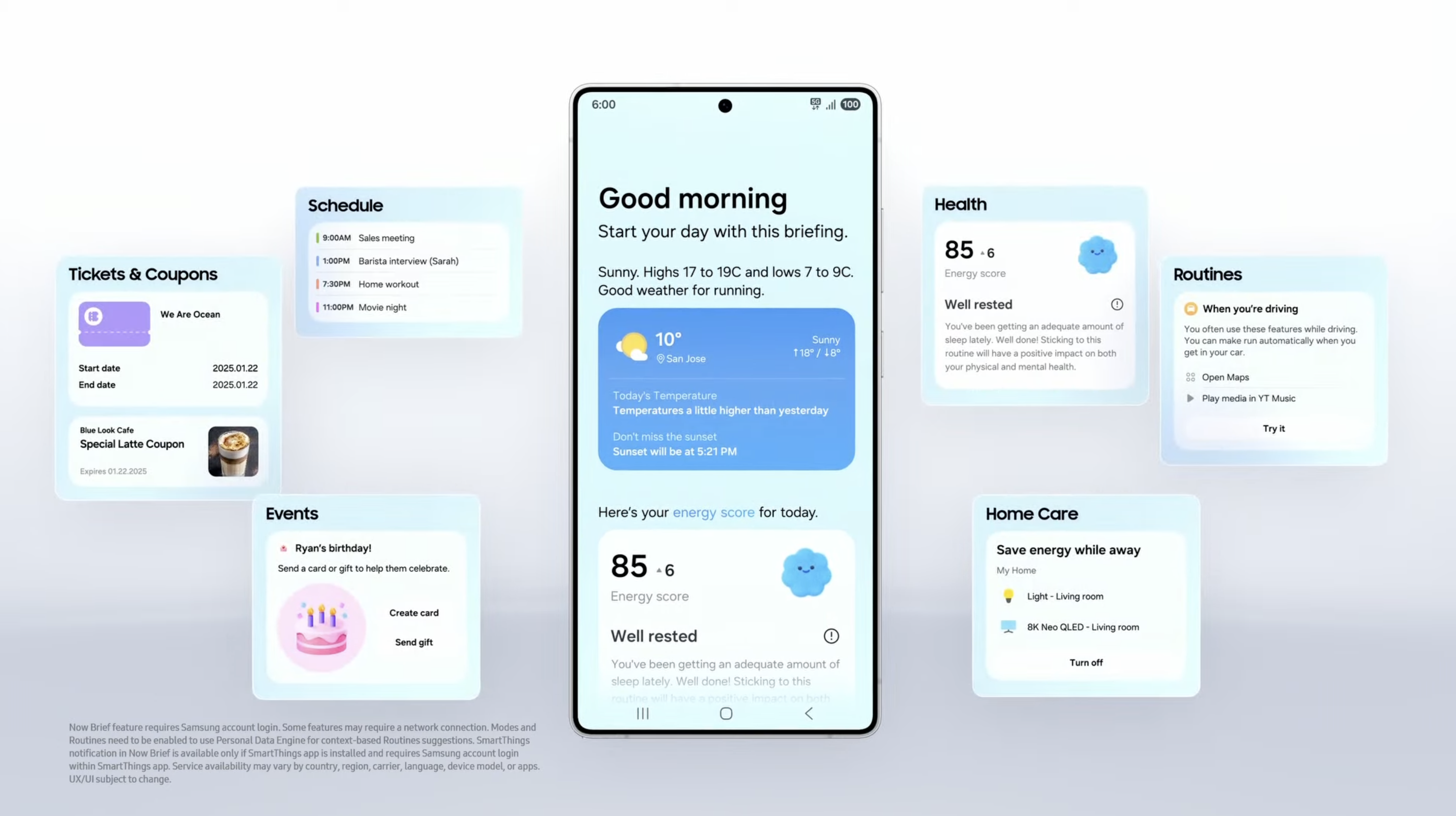- Severance star Tramell Tillman has teased what’s in store for Seth Milchick in season 2
- This season’s premiere revealed that Milchick had been installed as the Severed Floor’s new boss
- Tramell says his character “doesn’t know if he’s ready” to fill predecessor Harmony Cobel’s boots
Severance actor Tramell Tillman has teased what we can expect to see as part of Seth Milchick’s season 2 arc.
Speaking to me around one month before Severance season 2‘s debut on January 17, Tillman hinted that the Apple show’s next chapter will be a high-stakes affair for his character.
Major spoilers immediately follow for Severance season 1’s finale and this season’s premiere. Turn back now if you’re not caught up.

In the first episode of the hit Apple TV Plus series’ sophomore outing, it was revealed that Milchick had been promoted by Lumon Industries in the supposed five-month gap between season 1’s ending and this season’s opening entry. Indeed, after Harmony Cobel was ousted as Severed Floor manager last season, Milchick has been installed as her replacement, so he’s now overseeing the division that Mark and other members of the Macrodata Refinement (MDR) team work in. You can remind yourself what else happened in this season’s first installment via our Severance season 2 episode 1 recap.
But I digress. Last season, the charming but menacing Milchick had Cobel to hide behind if anything went wrong on his watch. Now that he’s the Severed Floor’s new boss, though, the buck stops with him – and that, according to Tillman, will present numerous challenges to his authority and skillset. Oh, and likely drive up his stress levels significantly.
This new position of leadership is a foreign one to him
Tramell Tillman, Severance actor
“He’s got a lot of work to do,” Tillman mused. “You know, he’s been thrust into this position very rapidly. At the end of season 1, there’s no Severed Floor manager, so I’m the only one left [that Lumon can turn to]. Seth has been tapped to step in so, as great a mentor as Harmony has been to him, Seth has to take up the reins and we’ll see how he deals with that.
“The stakes are incredibly high. This new position of leadership is a foreign one to him, and I think there’s a part of him that doesn’t know if he’s ready. So, we’ll see if he rises to the occasion.”
If you’ve only just found out that Severance‘s latest season is out now on one of the world’s best streaming services, you’ll want to read all about it in my Severance season 2 guide, especially with episode 2 releasing tomorrow (January 24). Alternatively, read my Severance season 2 review for some clues about the mystery-thriller’s next few chapters, or check out more of my coverage in the articles linked below.
































You must be logged in to post a comment Login